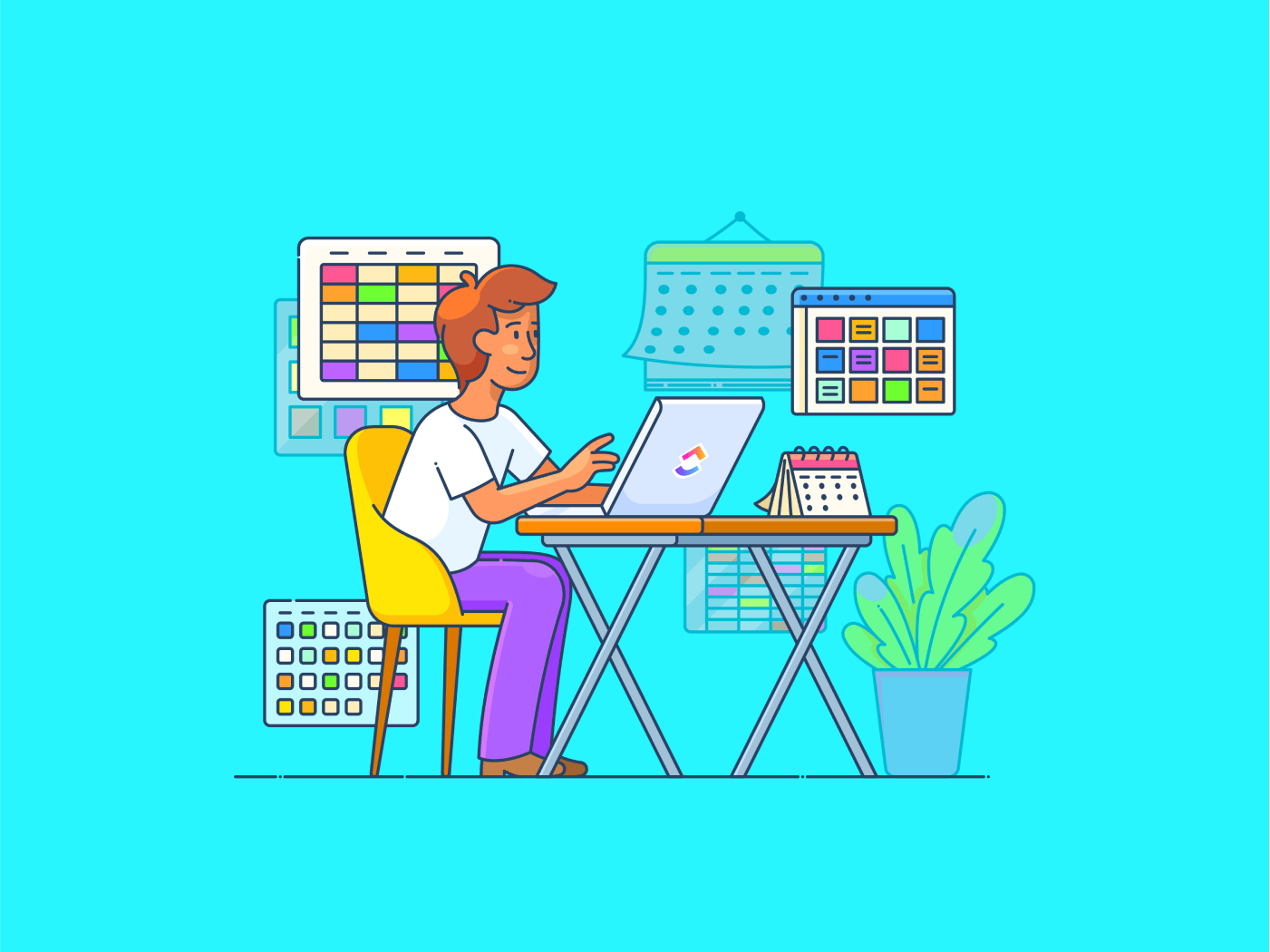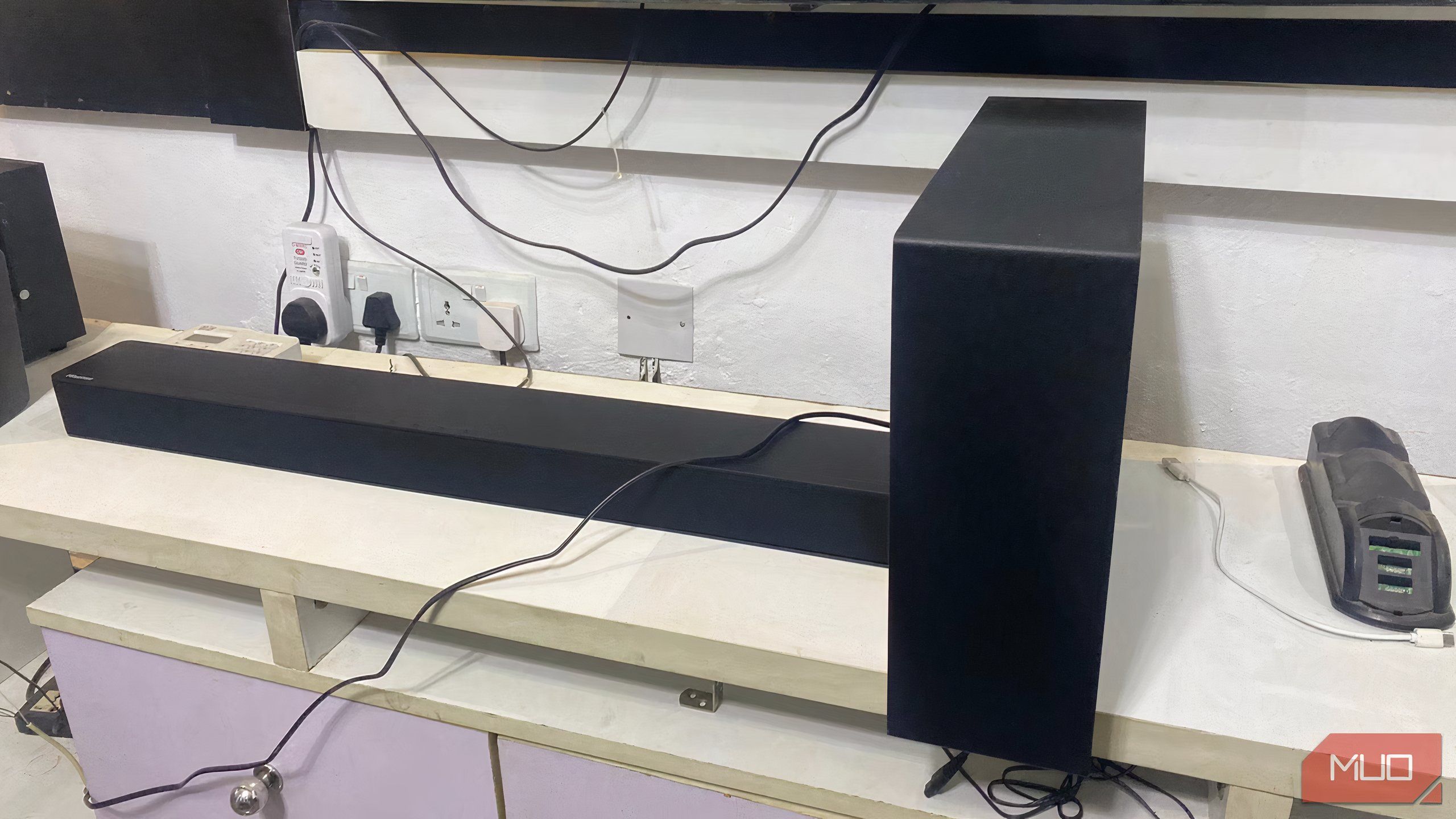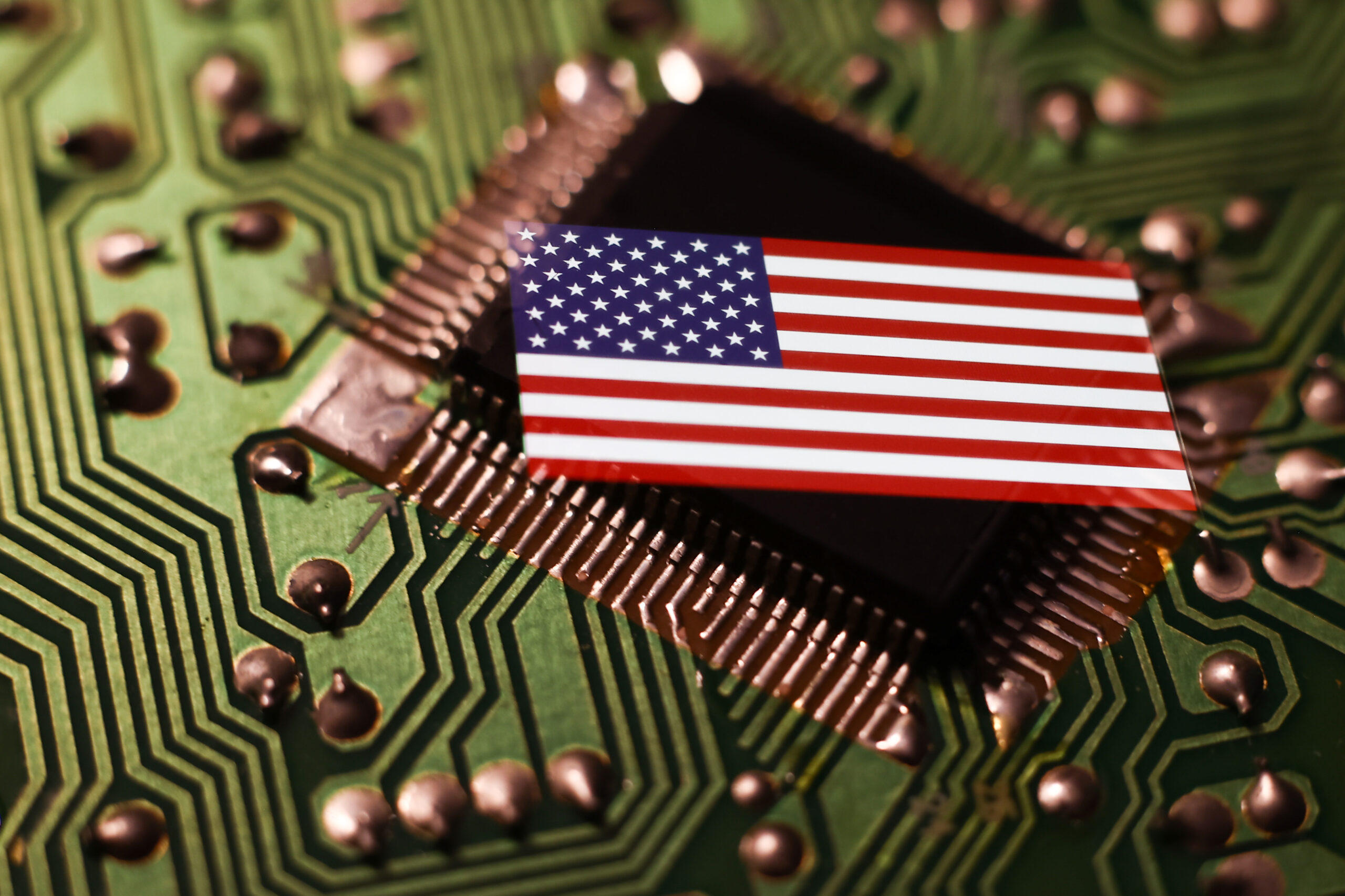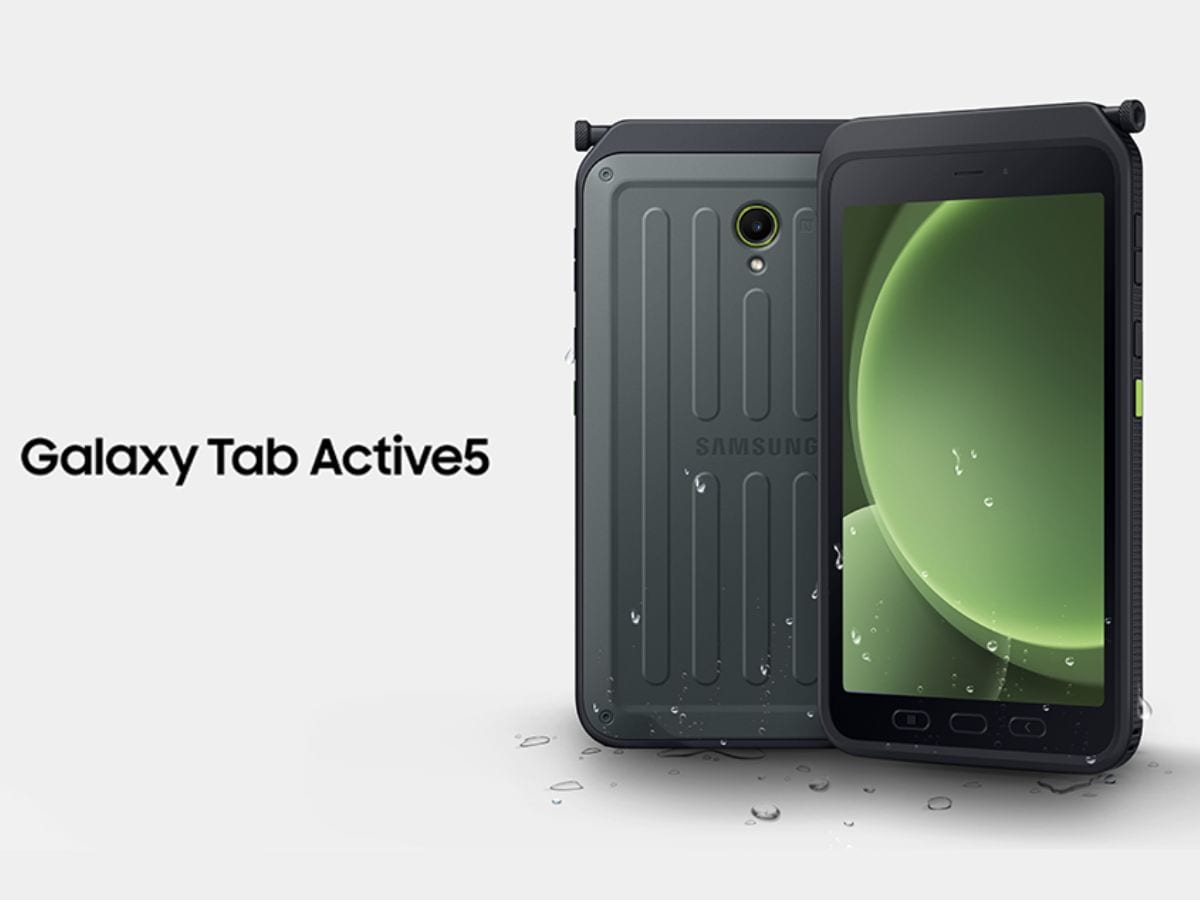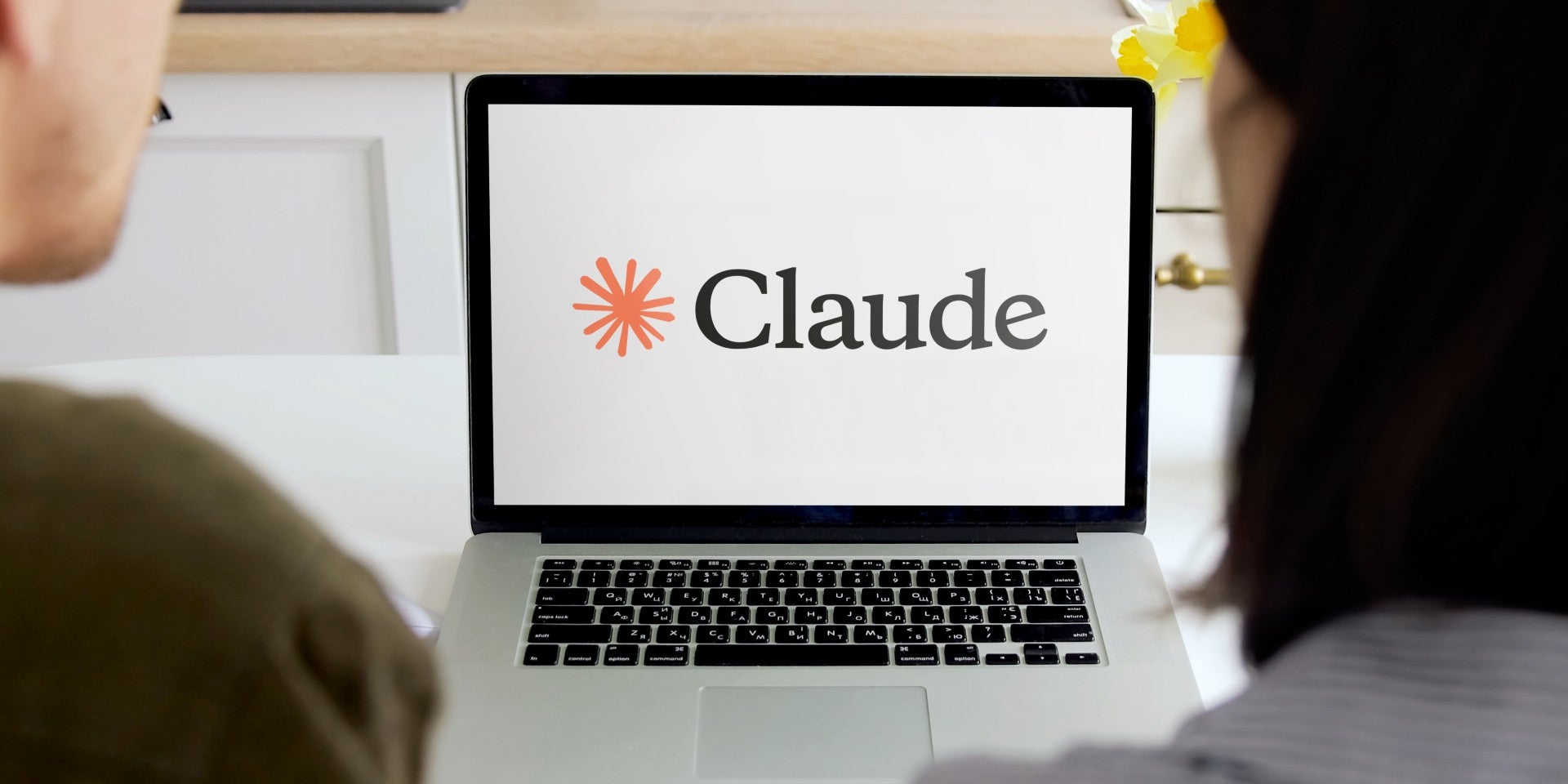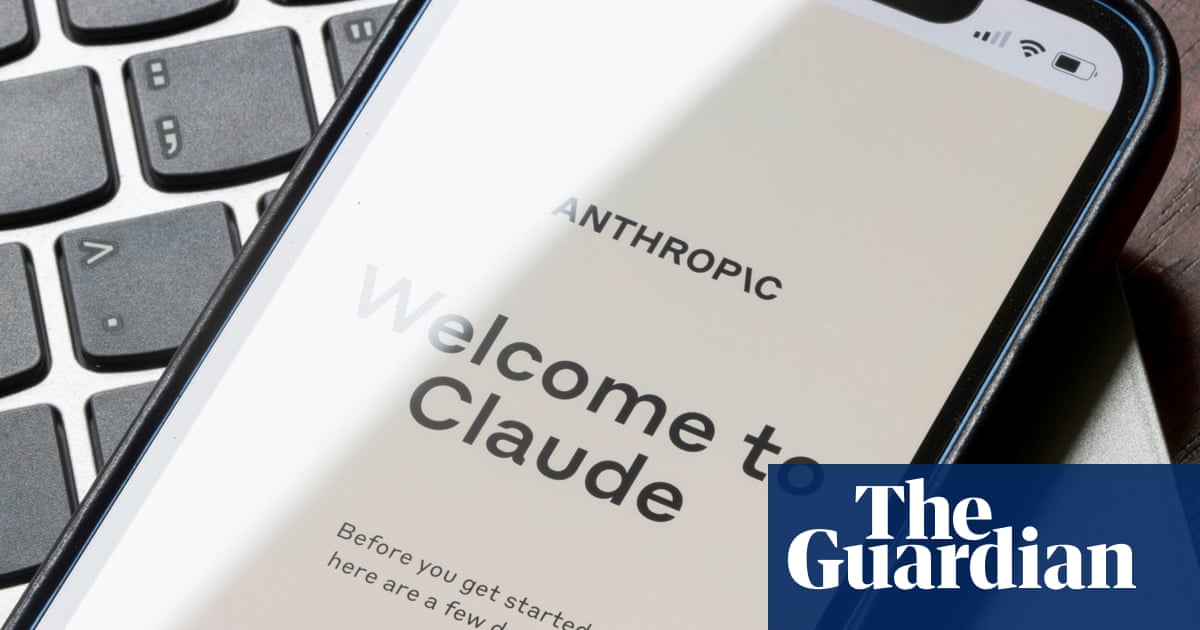DOCTORS have approved the viral “McMigraine” headache remedy, sending shoppers racing to their nearest fast-food chain to treat the pain.
TikTok users say a certain McDonald’s food and drink combo helps ease their migraines.
2

2
One viral video – with over 3 million views – shows a woman in her car at a McDonald’s drive-thru, sipping a soda and eating fries.
She explained she was trying it “because I’ve had a headache for 48 hours and TikTok said it would help.”
Another video recommends ordering a large Coke and large fries to ease a migraine – a combo ironically dubbed the “McMigraine.”
Surprisingly, there is “some science as to why it works”, according to Dr. Brintha Vasager.
The Milwaukee-based family doctor told Fox News Digital that it’s the caffeine and carbonation in the Coke which helps relieve headaches.
“If you think about most over-the-counter migraine treatments, the medications themselves can contain a dose of caffeine,” she added.
Carbonation can help settle the stomach for people who experience nausea with their headaches.
As for McDonald’s salty fries, the sodium helps restore electrolyte balance and fight dehydration — both potential migraine “triggers,” according to Dr Vasager.
She also revealed that carbohydrates help settle the stomach.
However, one of the most important factors of eating McDonald’s to relieve migraines is the “psychological benefit of eating comfort food”.
Dr Vasager added that the feeling of comfort can combat the worst symptoms of a migraine.
Still, the family doctor quickly clarified that the viral hack wasn’t a cure, but simply a way to manage the discomfort.
She added that drinking and eating large quantities of Coke and fries can make the headache worse for some people.
Dr. Tania Elliott, a New York-based physician specializing in allergies and internal medicine, said staying hydrated is a better quick-fix solution.
Instead of downing a litre of McDonald’s Coke, those suffering from migraines should consider having a small amount of caffeine, like green tea, she suggested.
What are the different types of headaches?
One of the most common types of headaches is the one that comes on in the morning.
They usually begin between 4am and 9am and often to interrupt a sufferer’s sleep – with the pain waking you up
The pain can fall into a number of categories making it either a cluster or tension headache, or even a migraine.
Other types of morning headaches can include paroxysmal and medication-overuse headaches.
Studies have found that most people who sufferfrom morning headaches also suffer from sleep disorders.
How do I get rid of a headache?
Here are some tips to rid you of that headache.
- Cold pack: Placing a cold pack on your forehead can do wonders for a migraine. Ice cubes wrapped in a towel, a bag of frozen peas, or even a cold shower may lessen the pain. Keep the compress on your head for 15 minutes then take a break for 15 minutes.
- Heating pad: For tension headaches, place a heating pad on your neck or the back of your head. If you have a sinus headache, hold a warm cloth to the area that hurts. A warm shower might also do the trick.
- Ease pressure on your head: If your ponytail is too tight, it could cause a headache. These “external compression headaches” can also be brought on by wearing a hat, headband, or even swimming goggles that are too tight. Some people say this method works almost instantly.
- Dim the lights: Bright or flickering lights can trigger migraines. If you’re prone to them, cover your windows with blackout curtains during the day and try to wear sunglasses outdoors. You might also want to add anti-glare screens to your computer.
- Avoid chewing too much: Chewing gum hurts not just your jaw but can cause headaches too. And it’s not just gum, as the same is true for chewing your fingernails, lips, the inside or your cheeks, or handy objects like pens. Avoid crunchy and sticky foods if you are suffering and make sure you take small bites. If you grind your teeth at night, ask your dentist about a mouth guard as this may curb early-morning headaches.
- Get some caffeine: No, this isn’t a mistake. Small amounts of caffeine can often relieve a headache and can even boost the effect of over the counter painkillers. However, too much caffeine can interrupt sleep and cause different types of headaches. Moderation is key.
- Practice yoga: Whether it is stretching, yoga, meditation, or progressive muscle relaxation, learning how to chill out when you’re in the middle of a headache can help with the pain.
- Limit alcohol: Alcohol can trigger migraines in about one-third of those who experience frequent headaches. It has also been shown to cause tension and cluster headaches in many people.
Anisha Joshi, an osteopath who owns several clinics in the UK, also suggested you try massaging your neck to relieve tension in the muscles. But dedicating some time every day to strengthening them could also help prevent headaches in future.
Your sore head in the morning might also be down to teeth misalignment, she added, suggesting you visit a dentist.
When to see a doctor
Everyone experiences a headache from time to time. But, according to the Mayo Clinic, you should see a doctor if your headaches:
- Occur more often than usual
- Are more severe than usual
- Worsen or don’t improve with appropriate use of over-the-counter drugs
- Keep you from working, sleeping or participating in normal activities
- Cause you distress, and you would like to find treatment options that enable you to control them better
You should seek emergency care if you ever have a headache alongside:
- Confusion or trouble understanding speech
- Fainting
- High fever, greater than 102 F to 104 F (39 C to 40 C)
- Numbness, weakness or paralysis on one side of your body
- Stiff neck
- Trouble seeing
- Trouble speaking
- Trouble walking
- Nausea or vomiting (if not clearly related to the flu or a hangover)



